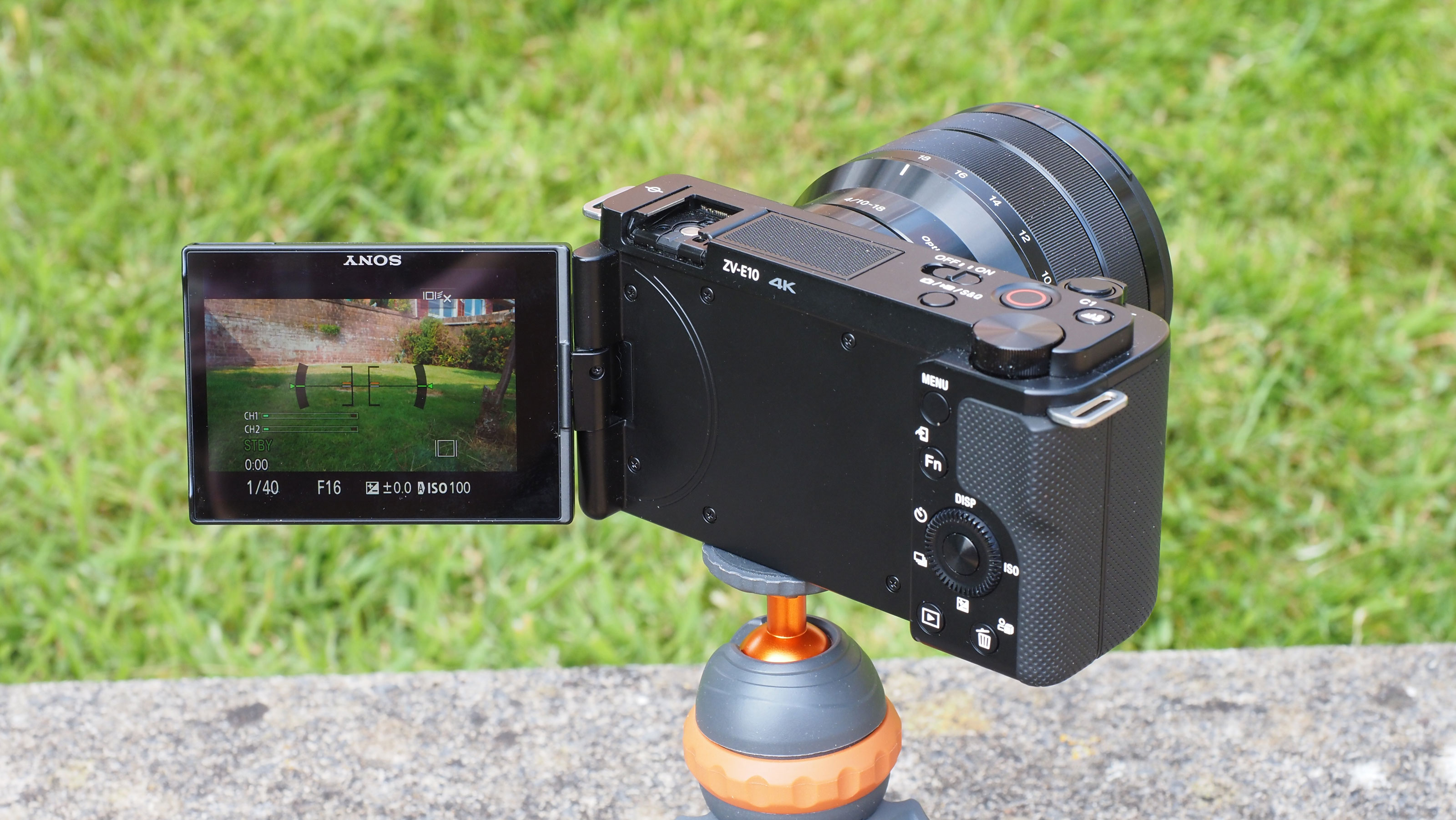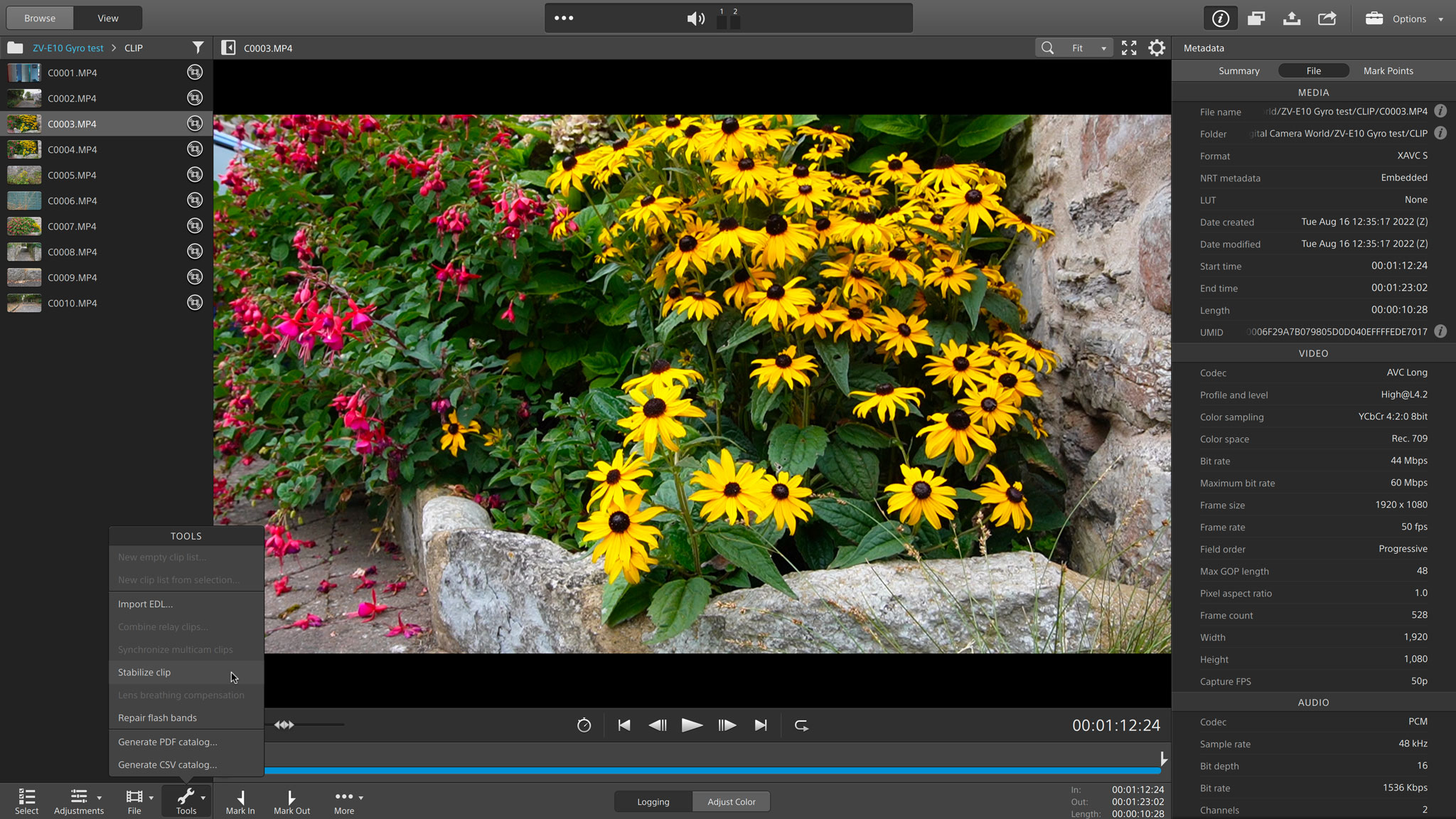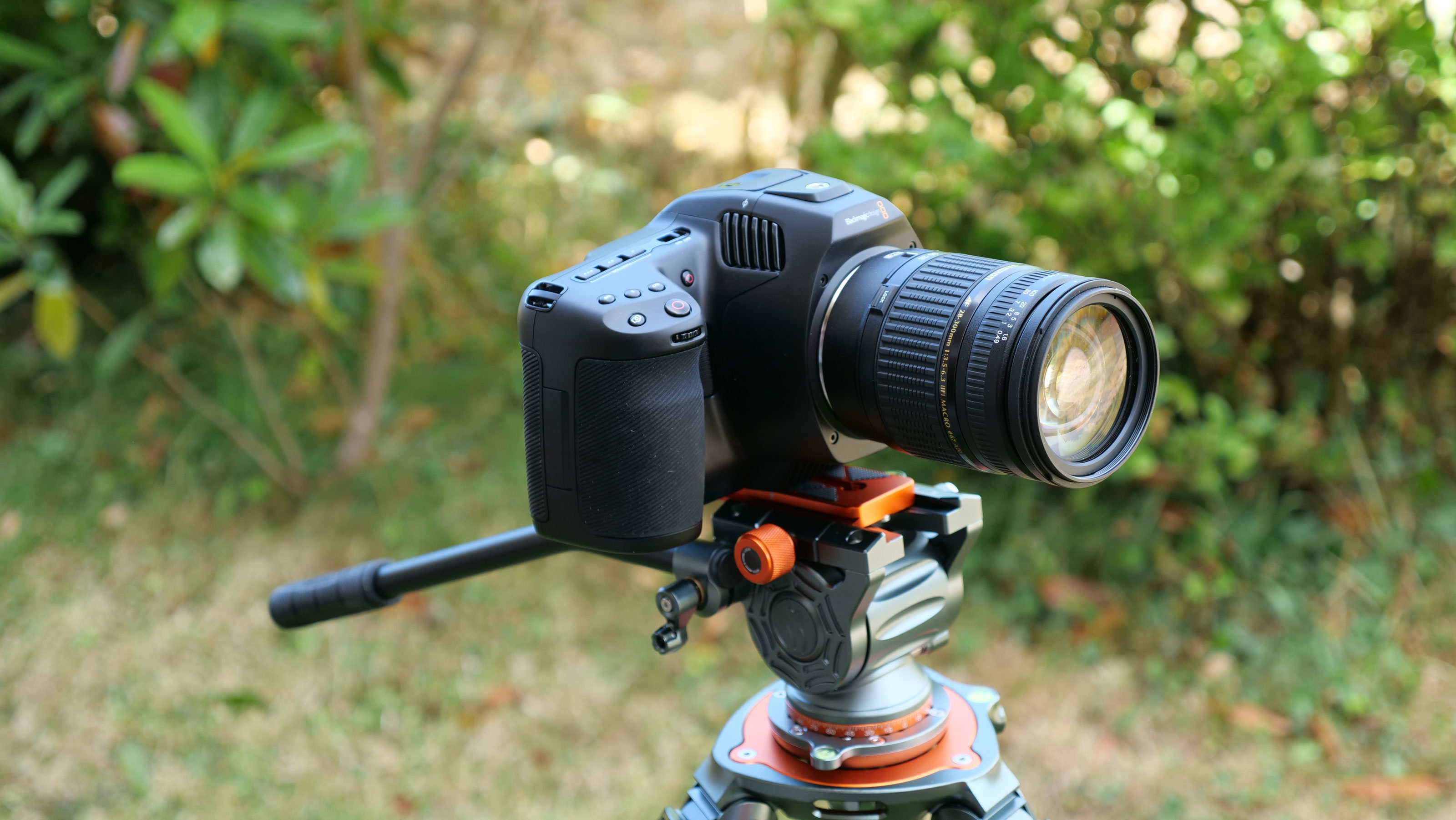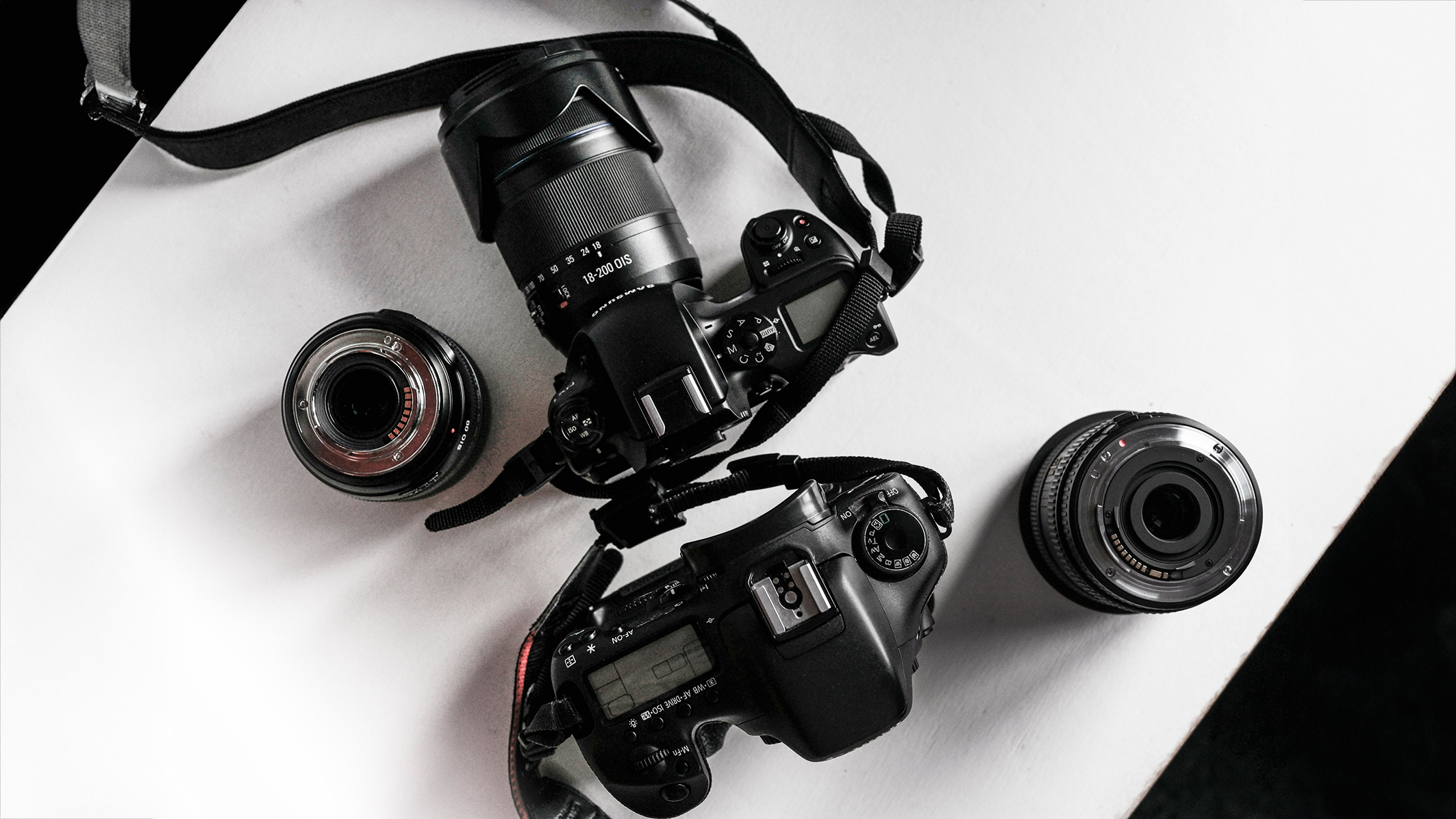The Sony ZV-E10 stores gyro data for stabilization – but how well does it work?
Do you need IBIS, do you need a gimbal, does digital stabilization work… and is gyro data the Next Big Thing?

A few people were a bit put out that Sony launched a vlogging camera, the ZV-E10, without in-body stabilization. Well, WE were put out, anyway. If you’re going to shoot handheld, then you need any extra stability you can get. This is a camera aimed at least partly at novices, and they’re not going to understand why their new ‘proper’ camera can’t stabilize video even half as well as their smartphone.
But Sony had the answer – embedded gyro data. Because even though the ZV-E10 doesn’t have an in-body stabilizer, it does have internal gyros which can record the camera movement frame-by-frame and embed it in the video file.
So then, on your computer, you can use Sony’s free Catalyst Browse software to stabilize the video using the gyro data stored with it. In effect, it’s applying digital stabilization but using actual camera movement data.
How digital stabilization works
Digital stabilization is not new. It’s available on lots of cameras that shoot video, either as an alternative to IBIS or indeed a replacement. It might sound like a cop-out but digital stabilization for video means a lot of sense.
Essentially, it works by comparing the framing of each successive frame in the video. If it sees a shift, it repositions the frame to line up properly.
For this to work, there needs to be a bit of spare space around the edges of the frame to allow for this constant ‘reframing’. That’s why digital stabilization modes have a crop factor. The software needs some room for manoeuvre.
In effect, digital stabilization works the same way as IBIS, but shifts the framing in software rather than shifting the sensor in the camera.
The best camera deals, reviews, product advice, and unmissable photography news, direct to your inbox!
But if the Sony ZV-E10 has digital stabilization built in, then why use the gyro data later instead?
We can think of two reasons. First, in-camera DIS has to be applied quickly on-the-fly using the limited processing resources of the camera, and doing it in software later offers much more control and probably much better results? Second, if you do apply it in-camera it’s baked in for good.
All right, but almost all video editors have digital stabilization built in anyway, so why would you need this?
Because video editing software uses generic movement detection algorithms to apply stabilization, whereas Sony’s system uses actual camera movement data. In principle, that should be a much better technical solution.
Is Sony’s gyro DIS effective?
We thought we should try it out with a small selection of experiments including a run-and-gun style sequence with filming while walking, a couple of static shots at different focal lengths and a couple of slow pans and ‘crane’ movements. You can see the results below. Remember, the stabilized and unstabilized versions are from the same clips. These videos were not recorded twice.
So a couple of observations here. One is that the stabilization is pretty spectacular and better than we would expect to get from an IBIS system and certainly better than regular in-camera digital stabilization. However, the larger the movement, the greater the crop factor applied by the software, and we can see some shimmery artefacts where the stabilization has not been able to counteract movement across the frame equally.
However, the short answer is that using Sony’s Catalyst Browse software to apply the embedded gyro data is very effective indeed. Some say it’s practically as good as a gimbal, though we wouldn’t go quite that far. What we would say, though, is that it’s at least as good as Sony’s IBIS systems on other cameras (which aren’t the best, admittedly) and that we would certainly use it again.
We also tested it against the generic digital stabilization in iMovie and DaVinci Resolve 18. iMovie didn’t match the results from Sony’s own data, but Resolve came a lot closer and in our limited testing if Sony’s gyro results were better, it wasn’t by much.
Sony ZV-E10 gyro data disadvantages
1. There is still a significant crop factor, so that if you shot in 4K your stabilized video will be at a lower resolution, maybe closer to 3K. If you use it in a 4K project, it will be upsampled and will lose a little definition.
2. You have to use Sony Catalyst Browse for the stabilization, which means introducing another video editor into your workflow.
3. You must remember to switch off the DIS in camera and probably any lens IS too in order to give the software full control.
It’s not just the Sony ZV-E10 that stores gyro data!
Other models include:
• Sony ZV-1
• Sony A7C
• Sony A7S III
• Sony FX3
• Sony FX6
• Sony FX9
• Sony RX0 II
And it’s not just Sony. Blackmagic has issued an update to active a ‘secret’ gyro feature in its Pocket Cinema cameras, including the Pocket Cinema Camera 4K, Pocket Cinema Camera 6K G2 and Pocket Cinema Camera 6K Pro. These will now embed gyro data which can be used by DaVinci Resolve 18 to automatically stabilize footage.
Is gyro data the future of video stabilization?
It’s A future, not THE future. Often the real issue in video is keeping the camera still and carrying out smooth movements, which needs a physical stabilization device for the whole camera, not just its sensor or its lens elements. As with digital stabilization, these just counteract the movement and don’t solve all the problems it introduces.
Yet Sony’s gyro-based stabilization is pretty remarkable from what we’ve seen so far, and it’s a good excuse reason for Sony to not bother with the expense and complications of IBIS.

Rod is an independent photography journalist and editor, and a long-standing Digital Camera World contributor, having previously worked as DCW's Group Reviews editor. Before that he has been technique editor on N-Photo, Head of Testing for the photography division and Camera Channel editor on TechRadar, as well as contributing to many other publications. He has been writing about photography technique, photo editing and digital cameras since they first appeared, and before that began his career writing about film photography. He has used and reviewed practically every interchangeable lens camera launched in the past 20 years, from entry-level DSLRs to medium format cameras, together with lenses, tripods, gimbals, light meters, camera bags and more. Rod has his own camera gear blog at fotovolo.com but also writes about photo-editing applications and techniques at lifeafterphotoshop.com


